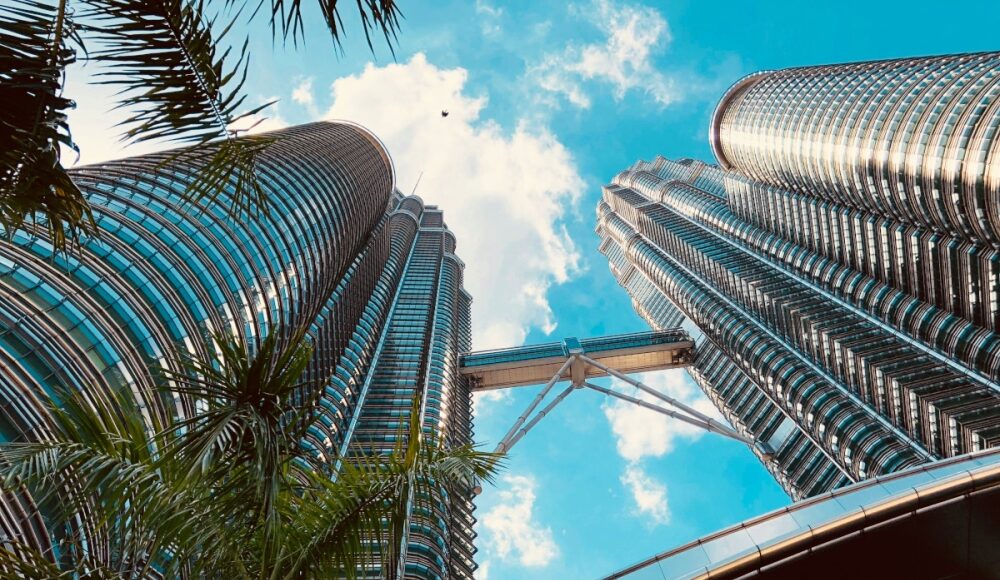MAY 23 — Deng Xiaoping once made a shrewd prediction. He said, “The Middle East has oil, China has Rare Earths”. Rare earth is now indispensable as the world catches the netzero fever. Not just limited to use in the electric vehicle. But has found strategic use in the military. China controls more than 85 per cent of supply. It is an effective bargaining chip for China. Rare earths have become a critical feature of a sustainable world. Venturing into the rare earths industry presents a strategic opportunity for Malaysia. The Petronas model for oil and gas offers useful lessons. There is a suggestion to establish a government-linked company GLC, the National Rare Earths Corporation (NREC), to mirror Petronas in overseeing all aspects of the value chain including exploration and mining, processing and refining, downstream manufacturing, R&D and innovation, as well as strategic trade and diplomacy
The idea emphasises decentralised operations, with centralised oversight. While NREC handles strategy and international relations, state-level operations could be managed by State Rare Earths Boards, which ensure local benefit-sharing and stakeholder involvement. Rare earth mining often faces backlash due to pollution. Malaysia should position itself as a global model for ethical rare earth production. Avoid the “resource curse” by focusing not just on mining but also advanced material production such as rare earth alloys. R&D investments in alternative materials, recycling, and process improvements should be a strategy. There should be strategic stockpiling and trade policy. This involves coordinating trade through G2G or long-term offtake agreements to avoid market manipulation. Important to maintain neutral, non-aligned trade diplomacy to stay out of great power rivalries.
The issue of governance, transparency should be addressed. Adopt international best practices in governance. Publish regular ESG reports and include civil society in oversight processes. Can the Petronas model be repeated? Yes, but with adaptation. Petronas succeeded due to strong legal backing (Petroleum Development Act), technical capability-building, and international partnerships. For rare earths, transparency, sustainability, and geopolitical neutrality will be more important than in oil & gas.
The Petronas Twin Towers — a symbol of Malaysia’s energy success. — Unsplash pic
It has been reported that Malaysia’s focus now is on its rare earths-bearing ion-adsorption clay (IAC) deposits overlying the granite bodies along the peninsular’s spine. The advantage of the IAC deposits is that there is essentially no thorium in them. Some preliminary investigation work has reported an inferred amount of some 16.2 million tonnes of REE in the country. There is now only 1 operating mine in Kenering, Gerik, there is now also one Proof-of-Concept (POC) midstream processing plant in Simpang Pulai. Of course Lynas has been around for years now. Some industry players alert on another potential money spinner in the rare earths business, thorium. The rising demand for thorium in new-generation nuclear energy designs is rooted in the push for safer, cleaner, and more sustainable nuclear power systems. Thorium has emerged as a fuel in advanced reactors. New designs like the Molten Salt Reactors (MSRs) and Liquid Fluoride Thorium Reactors (LFTRs) are optimised to use thorium efficiently. These so-called Generation IV reactors promise inherent safety (e.g., passive shutdown systems), less long-lived radioactive waste, higher fuel efficiency, and reduced weapons proliferation risk.
As countries move away from fossil fuels, nuclear power is seen as a reliable base-load clean energy source. Thorium is seen as a better long-term nuclear option due to greater abundance and reduced risks compared to uranium. India, China, and some Western research institutions are heavily investing in thorium-based reactor designs. India’s “three-stage nuclear program” relies significantly on thorium, as the country has vast reserves. China is testing MSR prototypes in the Gobi Desert, specifically targeting thorium fuel cycles. And Malaysia can participate in supplying Thorium. Monazite sands, a by-product of rare earth element (REE) processing, often contain thorium. Malaysia already processes rare earth elements (Lynas in Gebeng), and thorium is present in the waste streams (typically stored as radioactive waste). This existing material could potentially be re-evaluated and extracted as a valuable resource instead of waste.
There are caveats. Rare earths have a smaller market and more complex processing routes. Environmental risks are greater if mismanaged. Global geopolitics around critical minerals is intense—neutral positioning is key. Malaysia has the chance to lead not just in rare earth mining, but in sustainable, responsible resource governance. A hybrid Petronas model — state-led but innovation-driven, transparent, and green — can position Malaysia as a respected player in the global critical minerals economy. The reality is we cannot just sit back without taking the right actions to profitably harness billions from Malaysia’s reasonably rich rare earths deposits. We must not squander the opportunity.
*The author Datuk Ahmad Ibrahim is affiliated with the Tan Sri Omar Centre for STI Policy Studies at UCSI University and is an associate fellow at the Ungku Aziz Centre for Development Studies, Universiti Malaya. He can be reached at [email protected]
**This is the personal opinion of the writer or publication and does not necessarily represent the views of Malay Mail.





